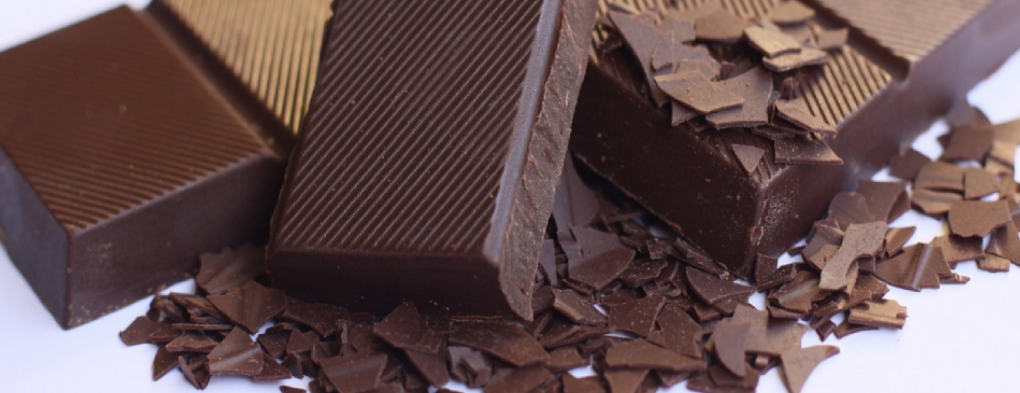
Unboxing
The tasting itself will probably be preceded by unpacking the chocolate from paper or other packaging. We can start there, because it’s good to find out as much information as possible about chocolate – what it contains, where the cocoa comes from, what percentage it has, who made it and where. It is better to know in advance what we will be looking for in chocolate, because then it is easier to find it.
Color
Although logically we will start by evaluating first at first glance, it will not surprisingly tell us too much about chocolate. It is certainly not true that darker chocolate will be of better quality. The manufacturer adds Dutch-type cocoa powder to some chocolates, which is very dark and therefore gives the chocolate a dark color, but reduces the quality of the whole chocolate. What increases the quality, on the other hand, is the proportion of cocoa butter. You know – fats add flavor, and it doesn’t matter if it’s pork neck or dark chocolate. And cocoa butter is white-yellow, so the chocolate doesn’t darken because of it, quite the opposite.
So we didn’t learn much from the color. What else can we find out by looking? It is good to check that the chocolate is not covered with a whitish coating. This is caused by the so-called fat or sugar bloom, which is the crystallization of fat or sugar crystals on the surface of the chocolate and indicates poor storage at elevated humidity or temperature. It does not look very attractive, but on the other hand, this effect is harmless and should not have a significant effect on taste. But next time we should avoid the seller anyway.
I also mention the flowering in another article about the durability of chocolate

Touch
Next in line is the touch, so we take the cube or table in hand. This is just a test of how quickly the chocolate starts to heat up. If we’re glued to dark chocolate in, say, ten seconds, it’s suspicious. Cocoa butter begins to melt at around 35 degrees Celsius, so it takes a while for it to dissolve with body heat. Milk or vegetable fat, on the other hand, dissolves much faster. This can be easily verified from the composition written on the packaging. If it mentions vegetable or milk fat, we know where the wind is blowing from. However – in case of milk or white chocolate – this is an expected property as it contains milk fat quite rightly, otherwise it would not be a milk chocolate.
Next we can break the chocolate as another quality test method. The chocolate should be firm and brittle, it should break in one gulp and the breaking point will be smooth and clean. Certainly chocolate should not bend, this is a sign of the presence of raw materials other than cocoa (vegetable fats, peanut butter etc.). Again, the behavior follows the properties of cocoa butter and cocoa mass. At room temperature, they are solids, and at higher temperatures, cocoa butter begins to dissolve straight away, but does not bend like cow’s butter.
So by breaking the chocolate, we immediately employed the third sense – hearing. And about the aforementioned slap – the louder, the better!
We probably can’t find out more by touch, sight and hearing from chocolate. But I will reserve a whole separate article for taste and smell. It’s worth it.
Cover photo: K.Wol, Pixabay